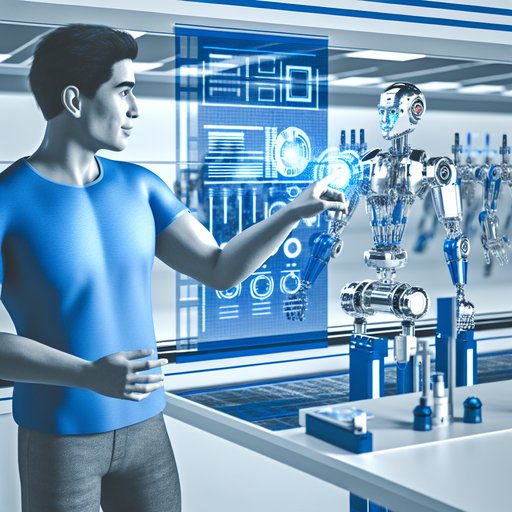The Rise of Robotics in Crisis Management
In an era marked by frequent natural disasters and unforeseen crises, robotic technologies are emerging as pivotal forces in the field of disaster response. Recent advancements in AI have enabled robots to perform intricate search-and-rescue tasks, transforming how emergency teams operate in catastrophic situations. This shift marks a remarkable departure from traditional methods, emphasizing speed, safety, and precision.
The transformative impact of robotics was underscored during the recent earthquake in Turkey. Automated systems engaged in mapping and analyzing disaster-stricken areas became quintessential in the hours that followed, highlighting a shift towards integrated technology solutions in emergency management.
Technology Meets Emergency: A Closer Look
Central to these groundbreaking applications are AI-driven robots capable of navigating perilous environments, such as collapsed buildings and flooded terrains. Equipped with sensors and cameras, these robots collect critical data in real-time, offering invaluable insights to rescue teams on the front lines.
Prominent players like Germany’s Fraunhofer Institute have pioneered deploying drones with enhanced imaging capabilities for aerial assessments, significantly reducing the risk to human life. As robots grow more autonomous, their ability to independently assess situations adds layers of resilience to disaster response protocols.
Incorporating AI Ethics in High-Stakes Scenarios
While the technological benefits are immense, deploying AI and robotics in such sensitive areas raises ethical questions regarding decision-making and accountability. Ensuring that AI-driven actions align with human values remains a challenge, particularly when life-and-death decisions are involved.
The European Union’s AI Act illustrates ongoing efforts to establish frameworks that regulate AI deployment in high-stakes scenarios, balancing innovation with ethical safeguards. These considerations are increasingly crucial as robotics assume more decision-making responsibilities during emergencies.
Case Studies: Success Stories and Challenges
Real-world implementations provide insightful illustrations of robotics’ potential and limitations. In 2023, robots played a critical role in the aftermath of Hurricane Ida, pinpointing survivors and delivering urgent supplies in flooded regions. However, these efforts also revealed technical limitations, such as navigation difficulties in extremely complex terrains.
These mixed outcomes underscore the need for continuous development and training, ensuring robotic systems adapt seamlessly to varied, unpredictable disaster scenarios.
The Road Ahead: Integrating Robots into Future Protocols
Looking forward, the seamless integration of robotics into disaster response is essential for optimizing emergency operations. Collaborative efforts between governments, research institutions, and technology firms are necessary to tailor innovative solutions that address specific logistical and ethical challenges.
By fostering interdisciplinary partnerships, Europe, in particular, can spearhead advancements that not only enhance emergency responses but also drive broader innovations across industries. As tech ecosystems grow more interconnected, the role of robotics in disaster management is poised to expand, bringing about more efficient, humane responses to crises.
Conclusion: The Human Element in Robotic Response
Ultimately, the success of robotic systems hinges not just on technological prowess but also on human insight and ethical governance. As these machines become indispensable in saving lives, ensuring their alignment with societal values will be paramount. Thoughtful regulation and continuous dialogue between technologists and policymakers will shape a future where technology serves as a resilient ally in humanity’s most challenging moments.
This text was generated with the help of LLM technology.










